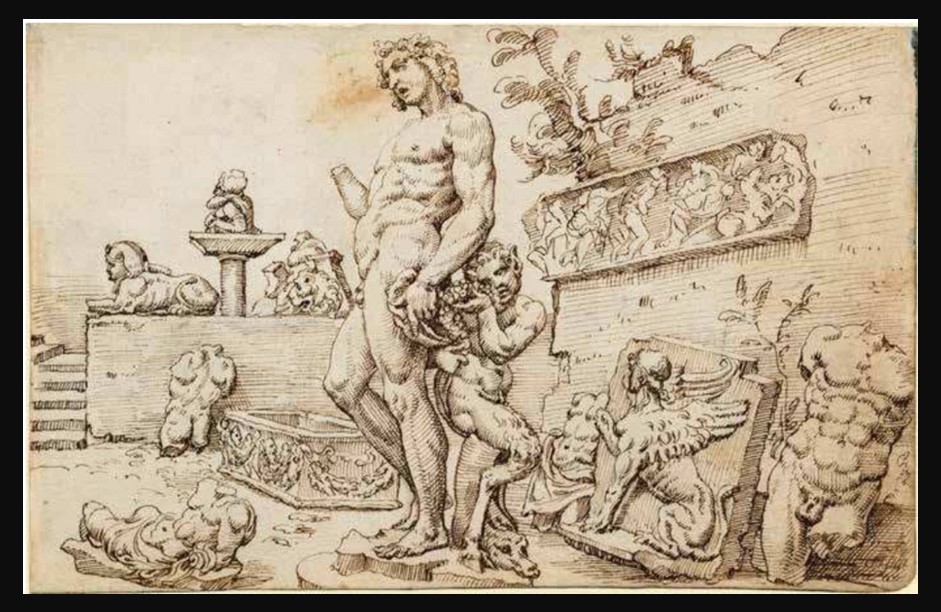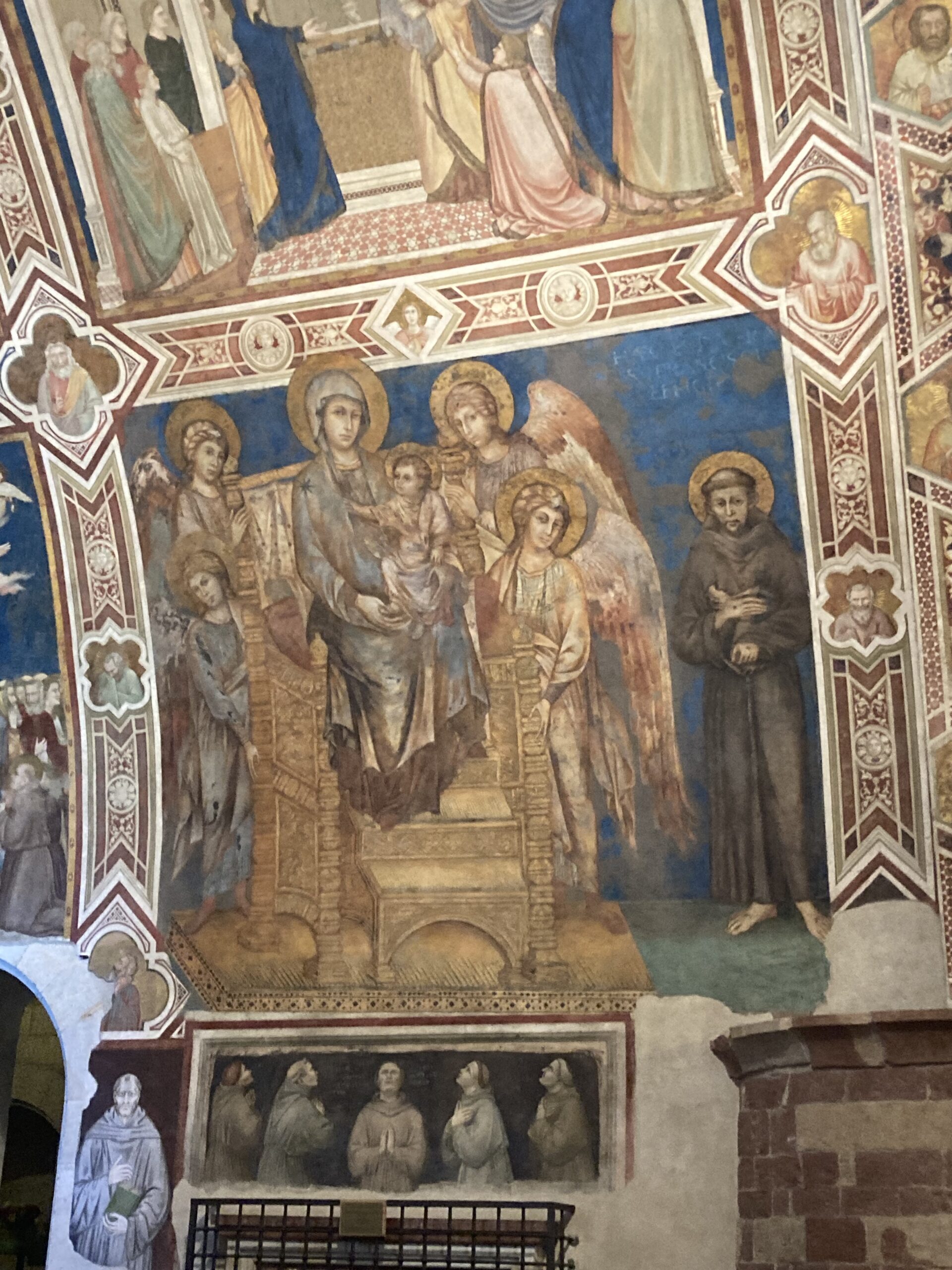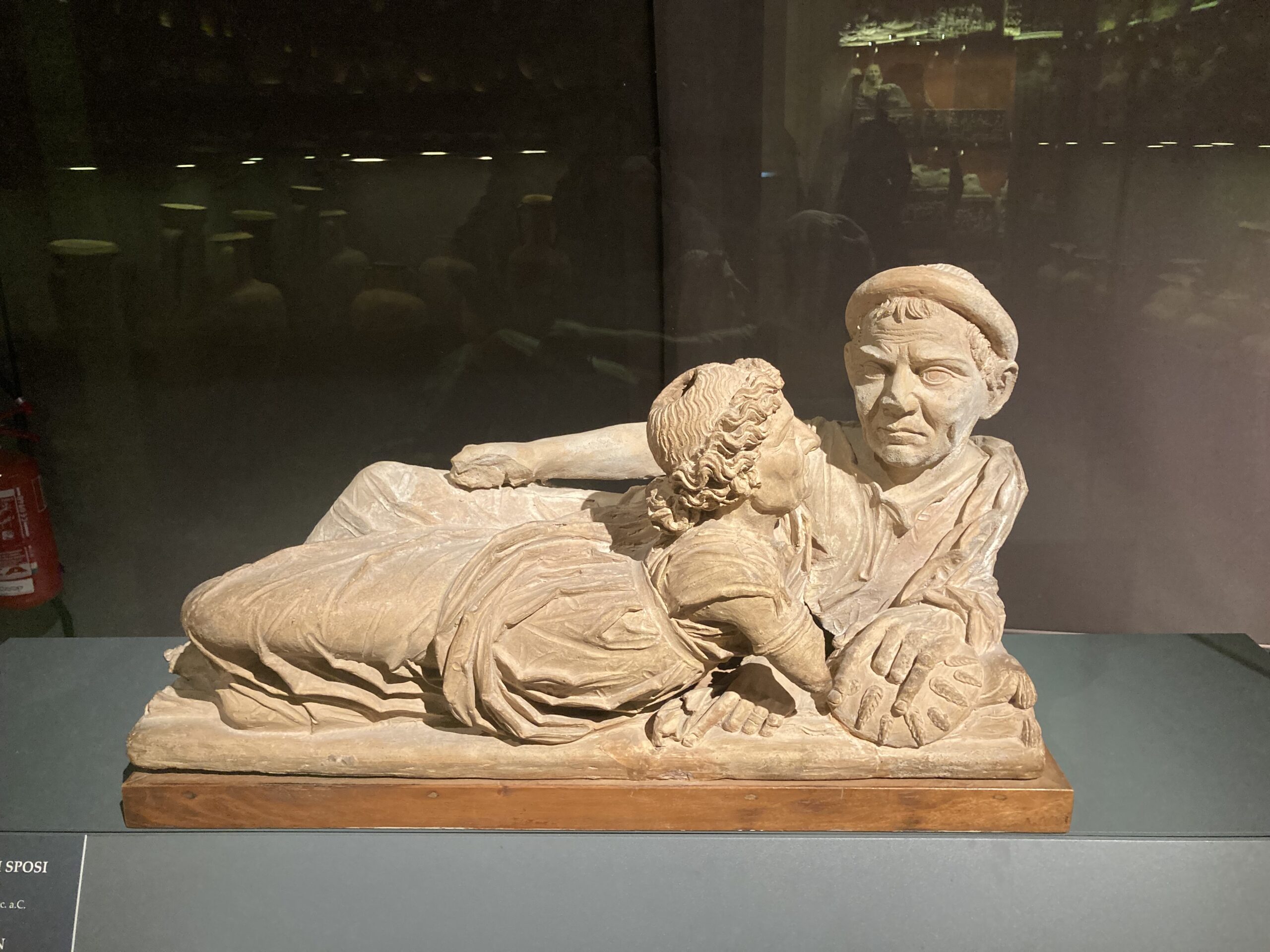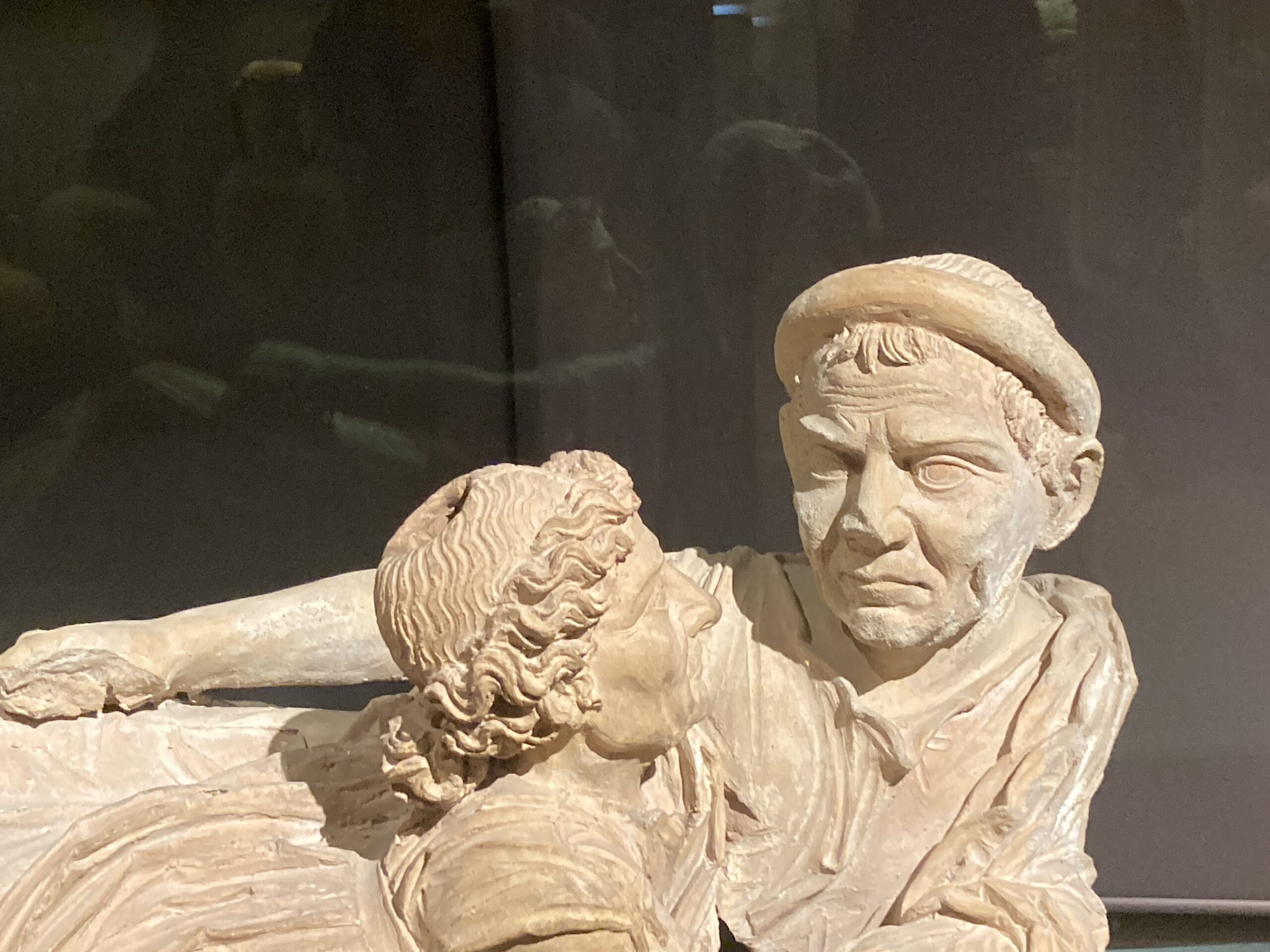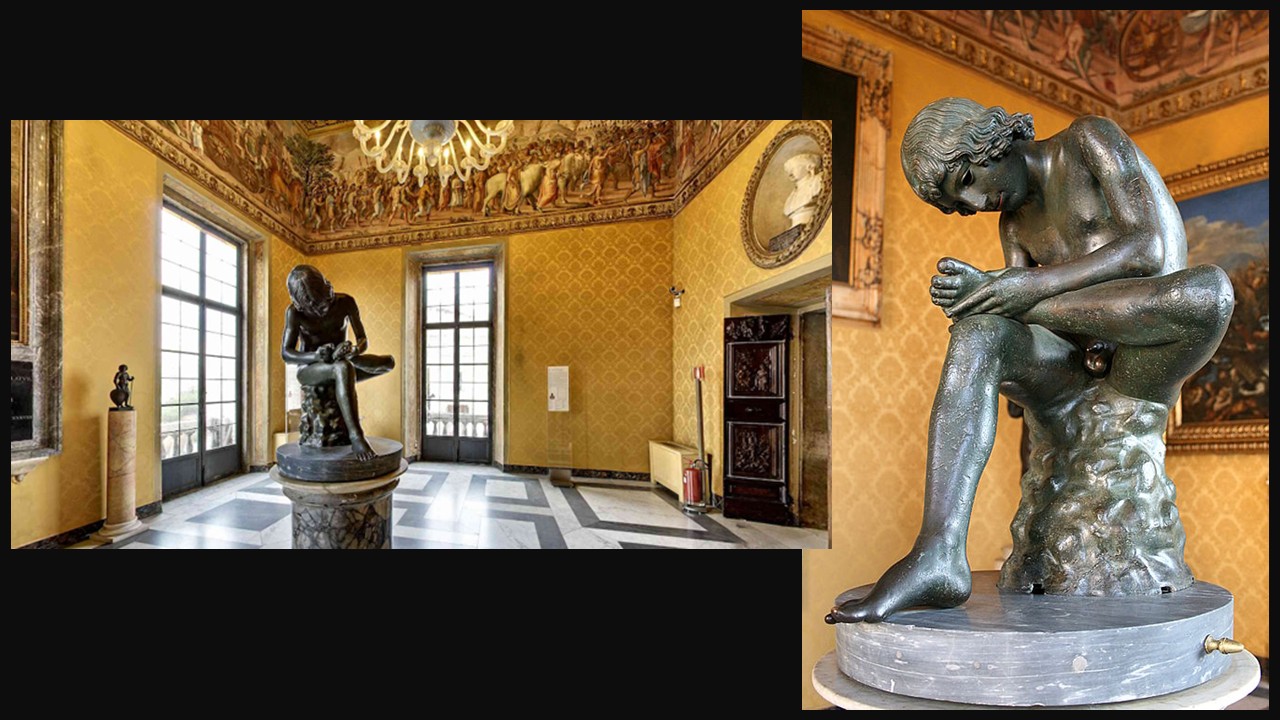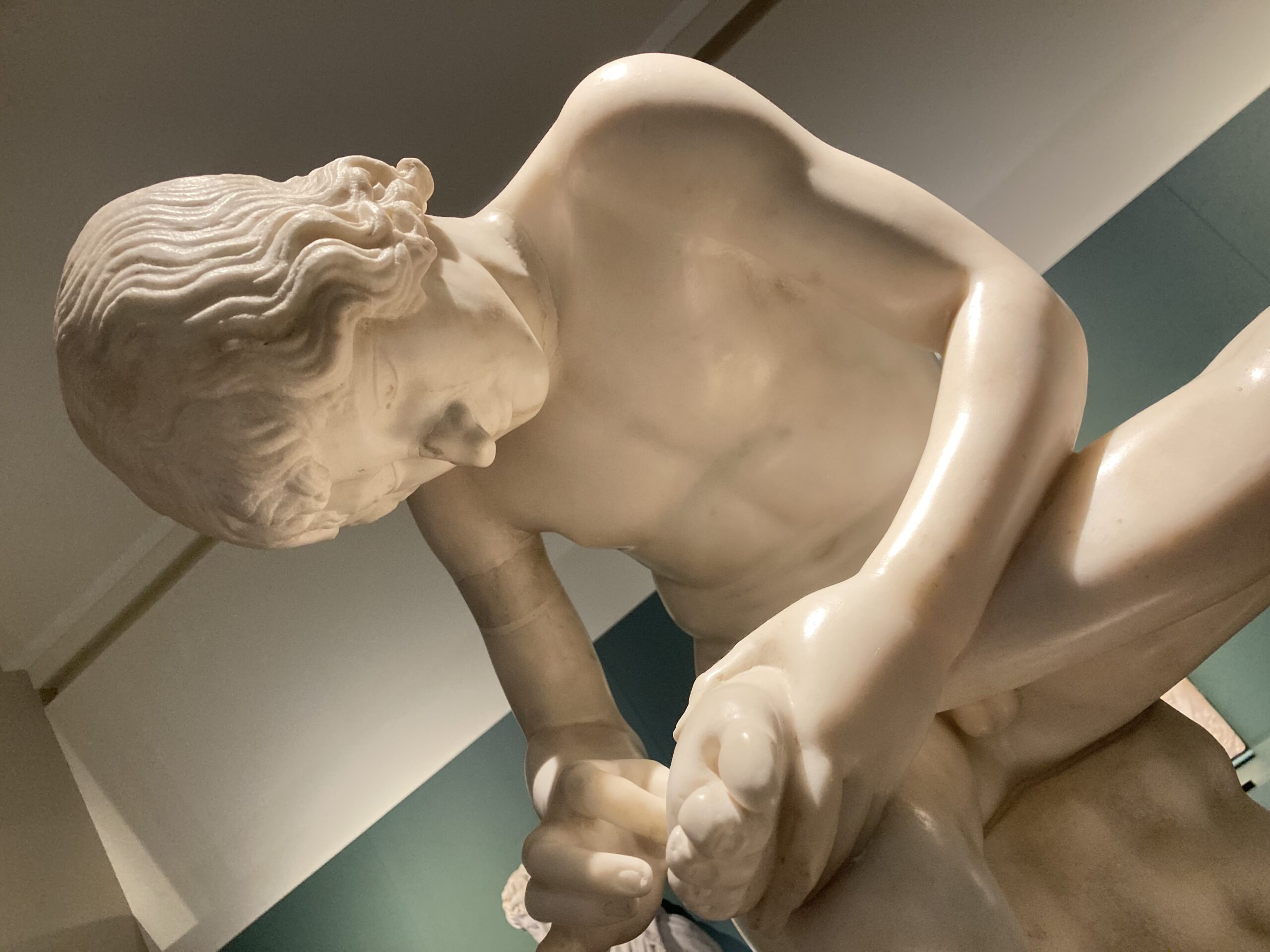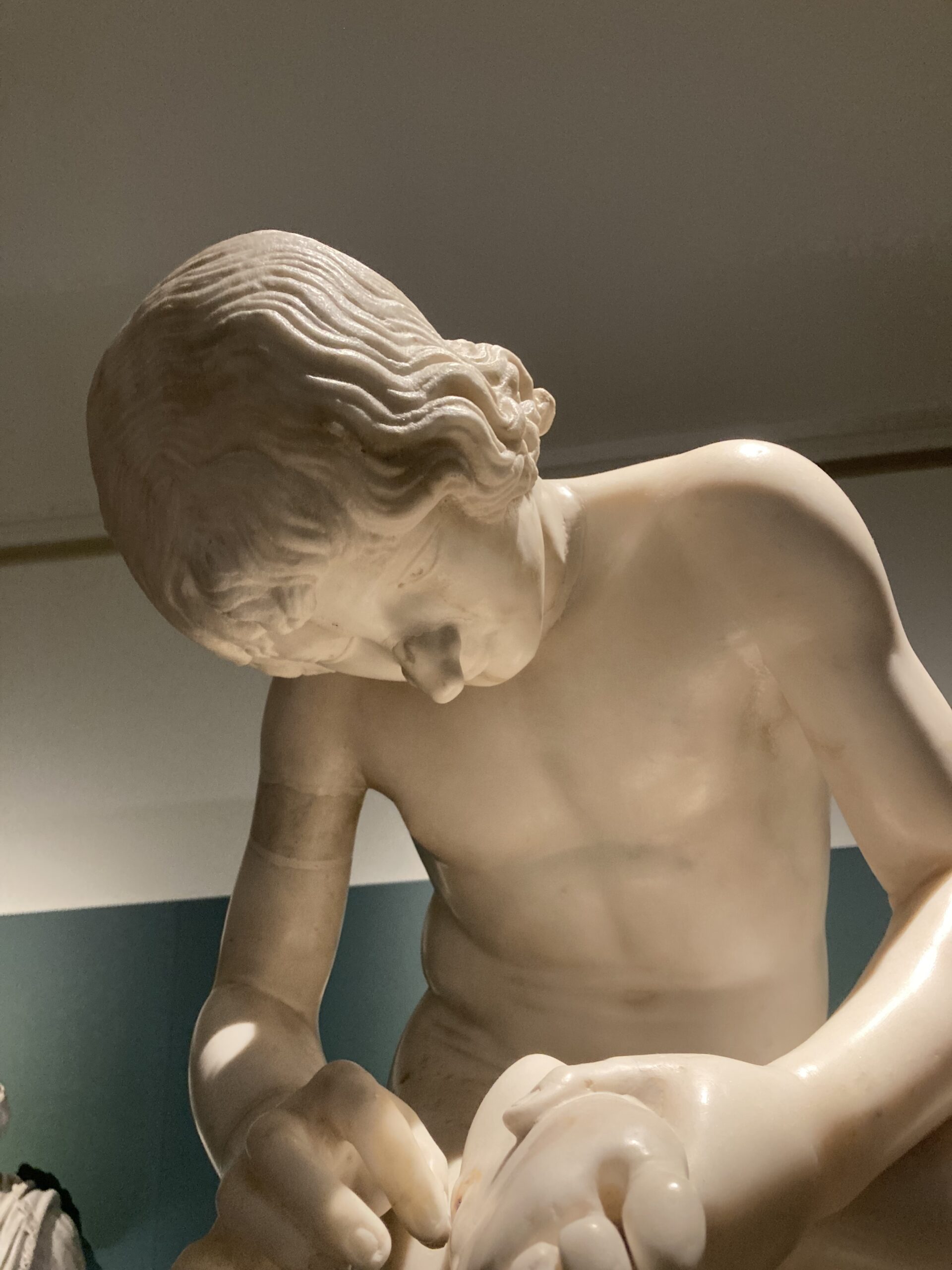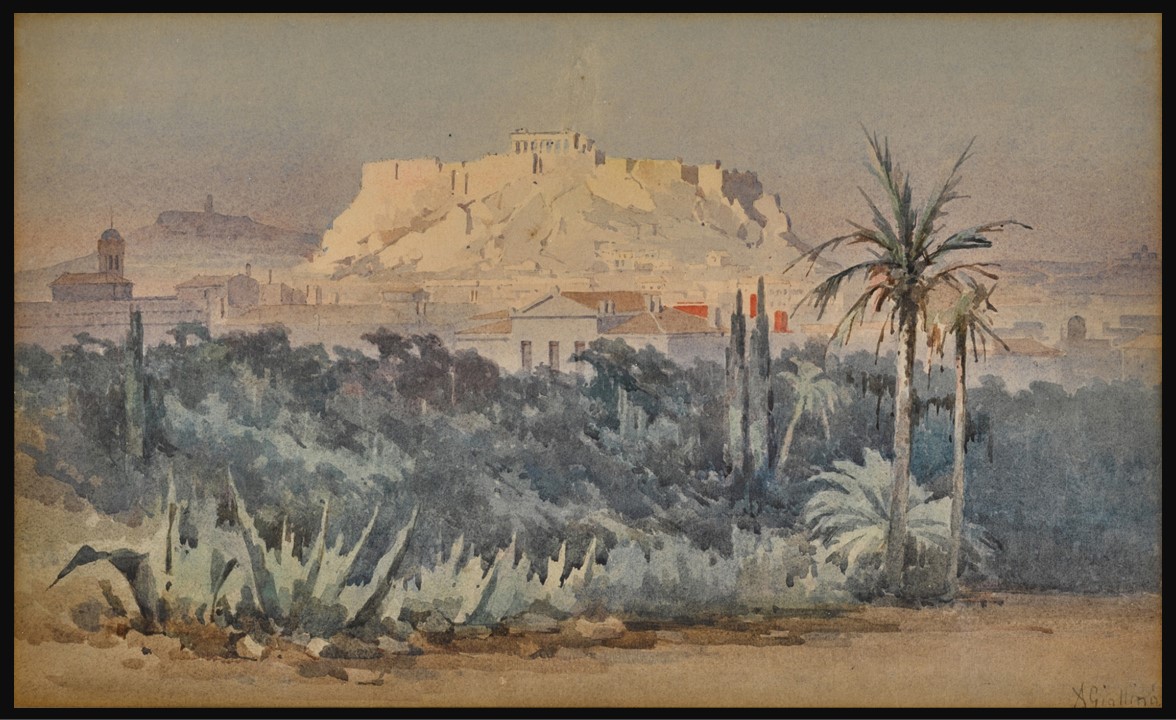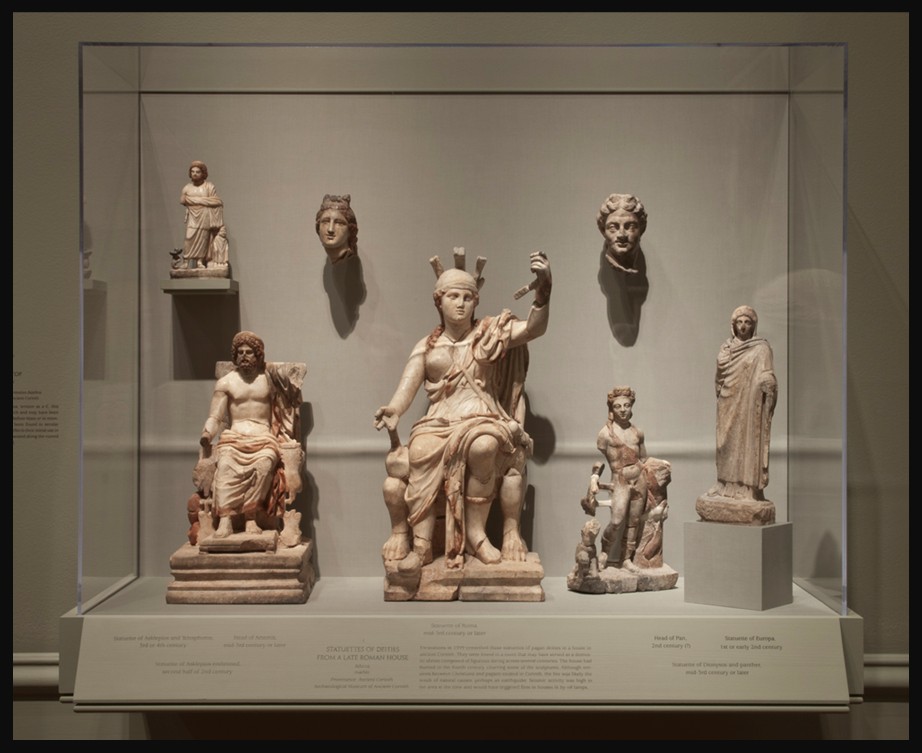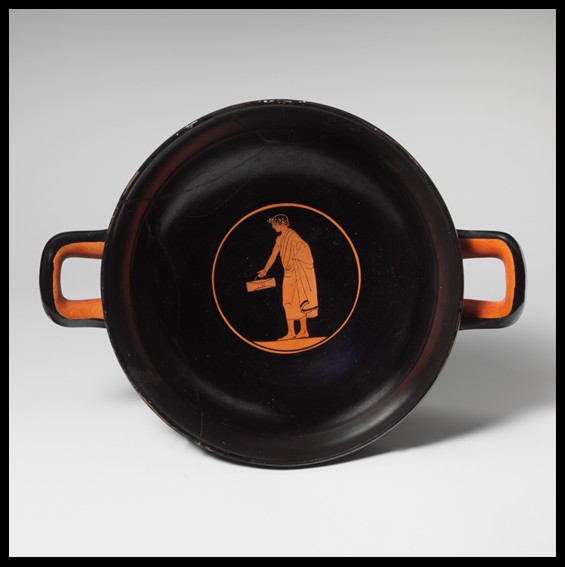
On September 11, as Greek students step into classrooms to begin the 2025–26 academic year, it feels fitting to look back, far back, to what might have been another ‘first day of school’ in antiquity. The Kylix with a School Boy, attributed to the Painter of Munich 2660 and now housed at The Metropolitan Museum of Art in New York, portrays a young boy carrying his writing tablet. More than two millennia later, his composed walk to class still speaks to a timeless truth: the anticipation, curiosity, and quiet rituals of learning are as old as civilization itself.
The Terracotta Kylix with Schoolboys, attributed to the Painter of Munich 2660 by Beazley, an unknown Greek red-figure painter of the early Classical period, offers a vivid glimpse into the routines and playfulness of ancient education. On the interior, a single schoolboy walks purposefully, carrying a hinged writing tablet by its handle, the tying string carefully rendered by the artist. Dressed in a himation and crowned with a wreath, he embodies the dignity of the student role, yet also the ritualized formality of Athenian youth. The precision in depicting the tablet’s details reminds us of the centrality of writing and record-keeping in Greek learning, even in the mid-5th century BC.
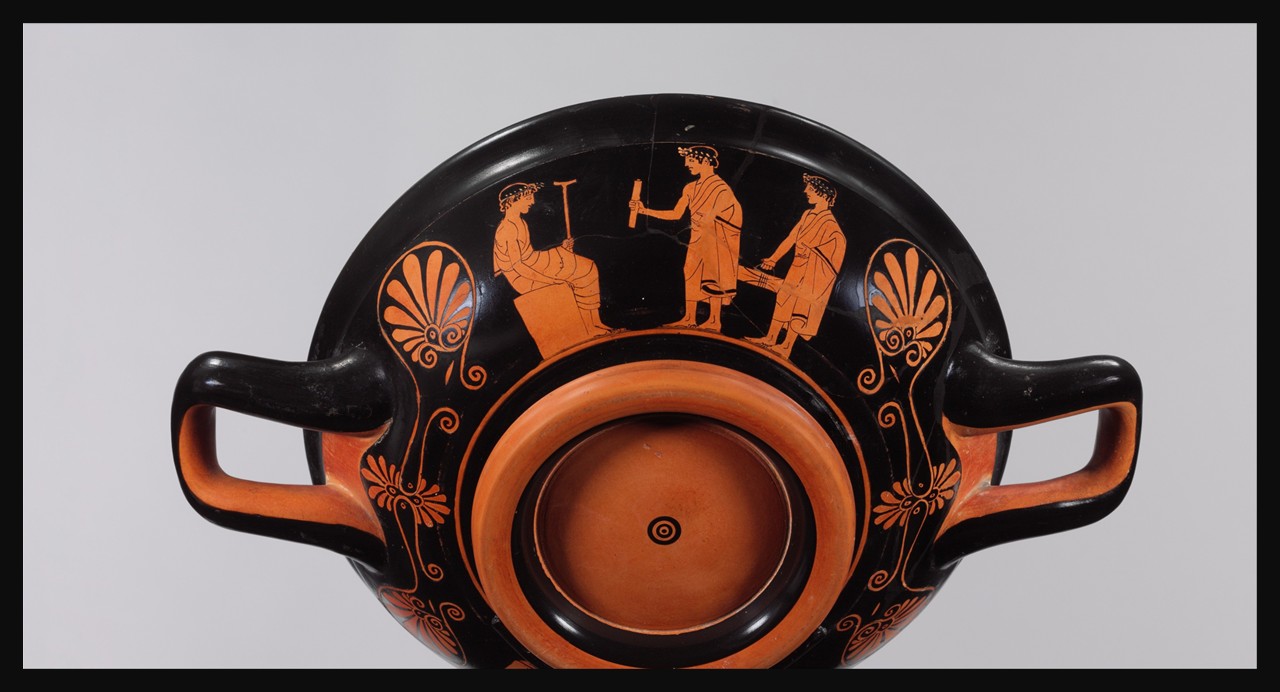
The exterior scenes expand the narrative into small, lively vignettes. On one side, two boys, one holding a manuscript roll, the other a tablet, approach a seated “teacher” grasping a stick, who appears identical in age and attire to his pupils, hinting that this may be a game of role reversal. On the other, a standing ‘teacher’ offers a short branch, perhaps a symbolic prize, to the head of the class, while another boy waits patiently with his walking stick. Mantles and wreaths adorn all the figures, blurring distinctions between play and instruction. In both scenes, the kylix captures not only the tools and gestures of ancient schooling but also the social interplay, imitation, and camaraderie that have always been part of the learning experience.
The Metropolitan Museum Kylix with Schoolboys reflects an aesthetic of modest charm rather than meticulous precision. Its scenes, while simply composed, convey a quiet narrative warmth: the boys, neatly draped in their himatia and crowned with wreaths, are rendered as polite, attentive pupils, slightly awed by their teacher. The painter, a successor to the tradition of Douris, specialized in cups showing boys and youths in calm, restrained poses, pleasing works that may lack distinction but exude an approachable grace. Characteristic details mark his hand: the small dot of the iris that often touches neither eyelid, the gentle downward curve of the mouth, the short, rhythmic strokes shaping the hair around face and neck, the continuous line defining the fingertips, and the single sweeping curve for the ankle. Though not executed with the highest refinement, the kylix’s aesthetic lies in its unpretentious storytelling, making it a quietly endearing example of early Classical vase painting.
For a Student Activity inspired by the Metropolitan Museum of Art Kylix, please… Check HERE!
Bibliography: Red-Figured Athenian Vases in the Metropolitan Museum of Art, Vol. 1 and 2, by Gisela M. A. Richter, Pages: 136-137 https://books.google.gr/books?id=M85NBgAAQBAJ&printsec=frontcover&source=gbs_ge_summary_r&redir_esc=y#v=onepage&q&f=false and https://www.metmuseum.org/art/collection/search/250548

